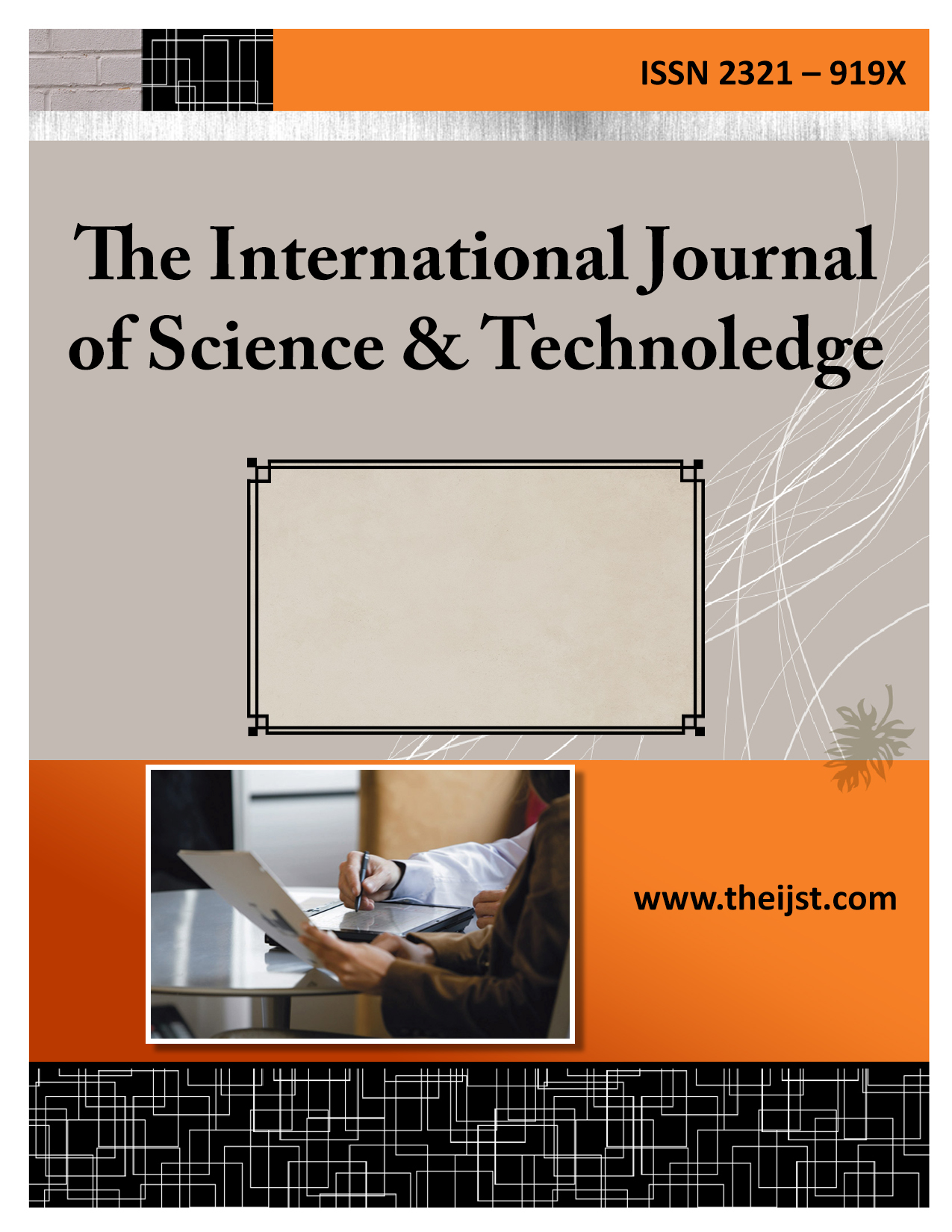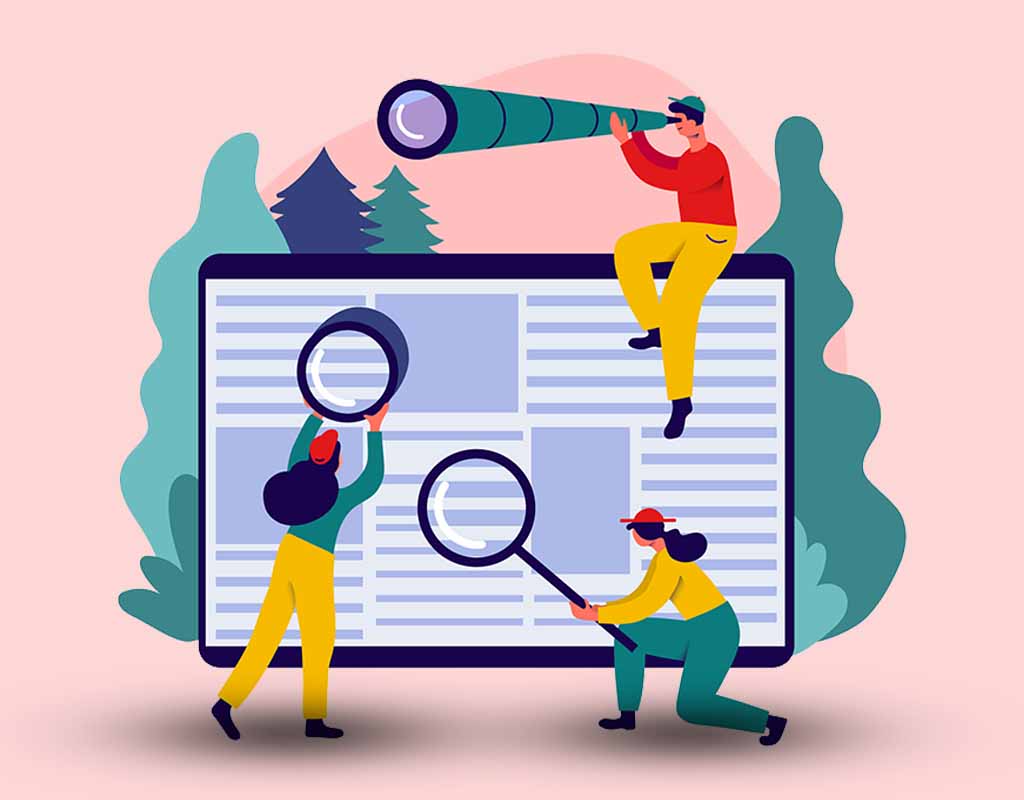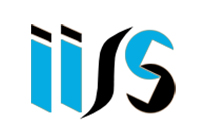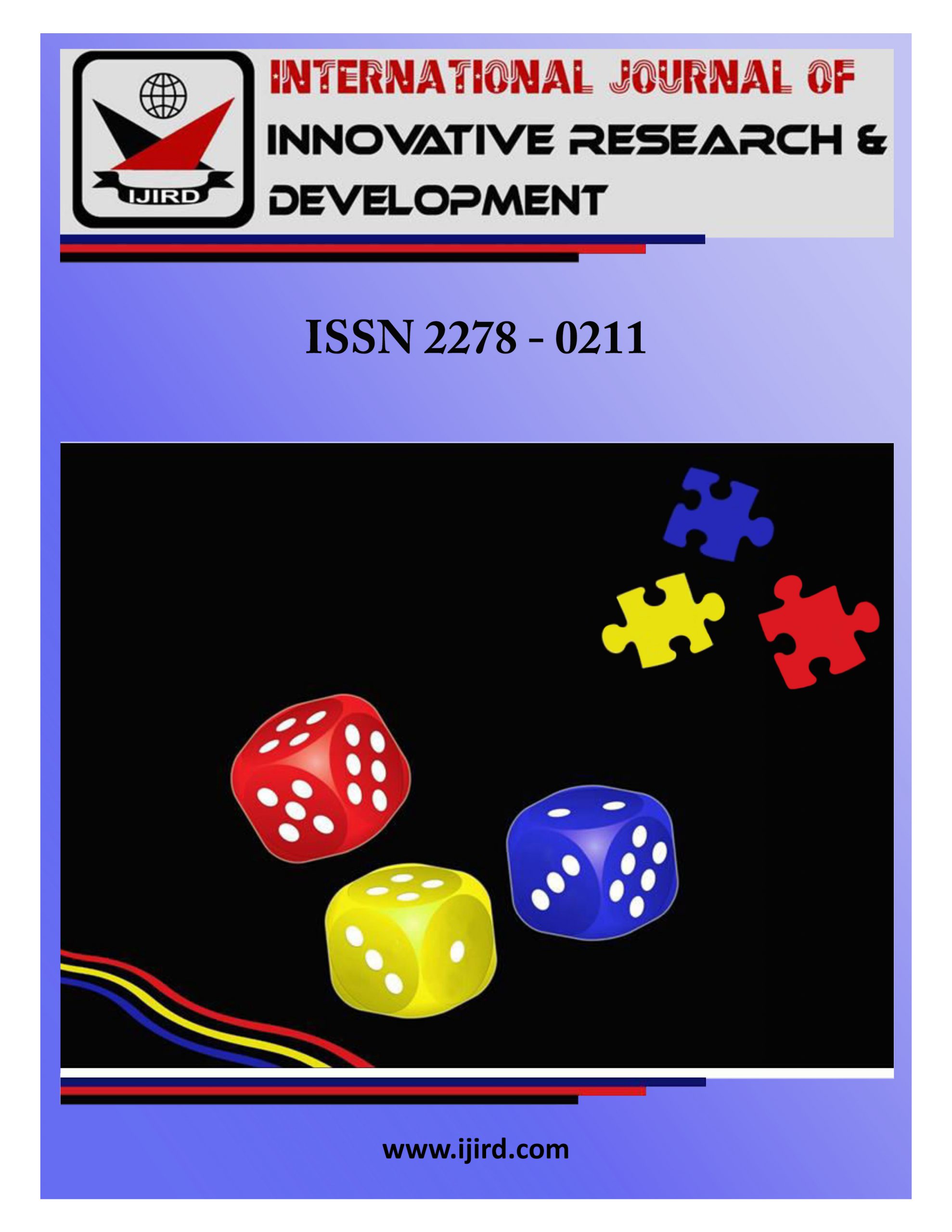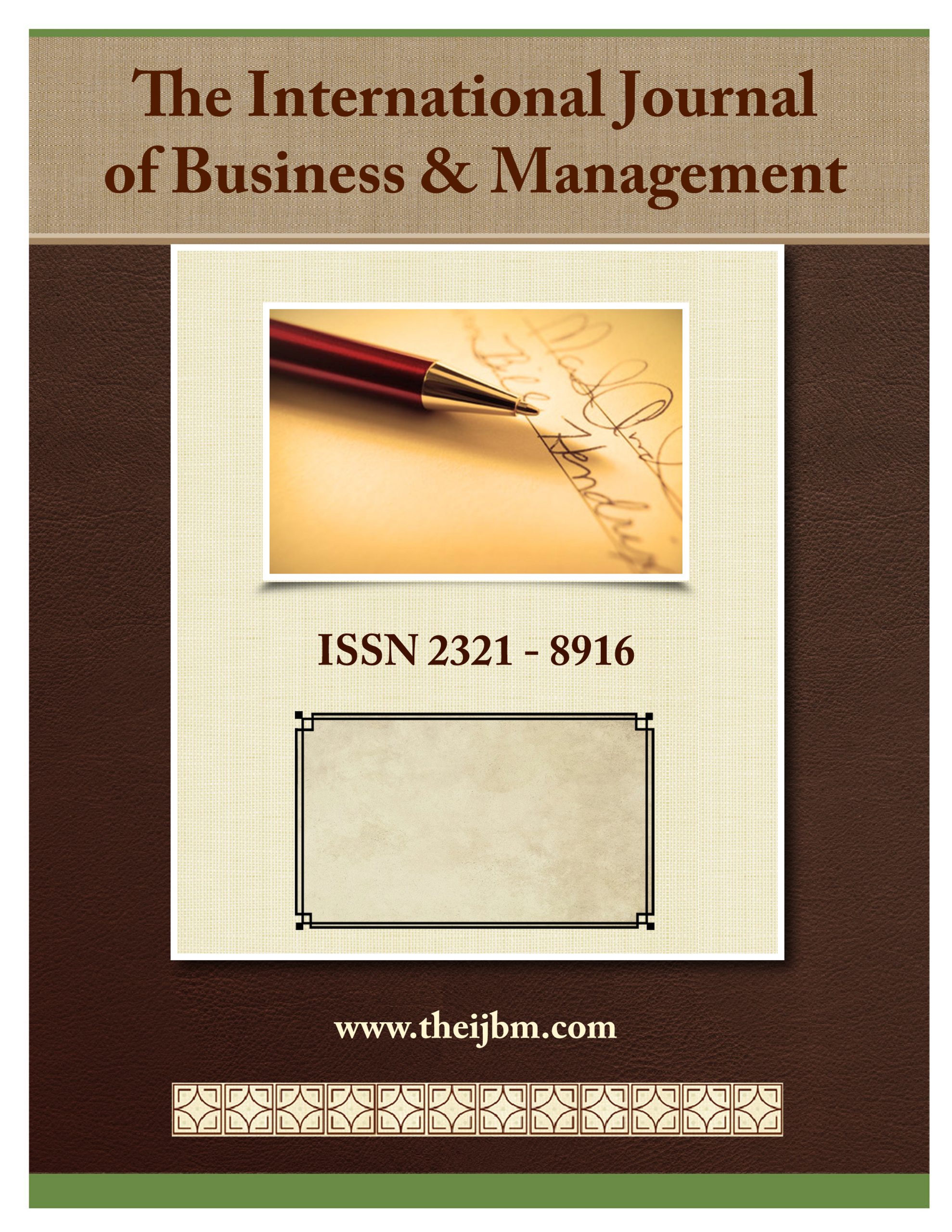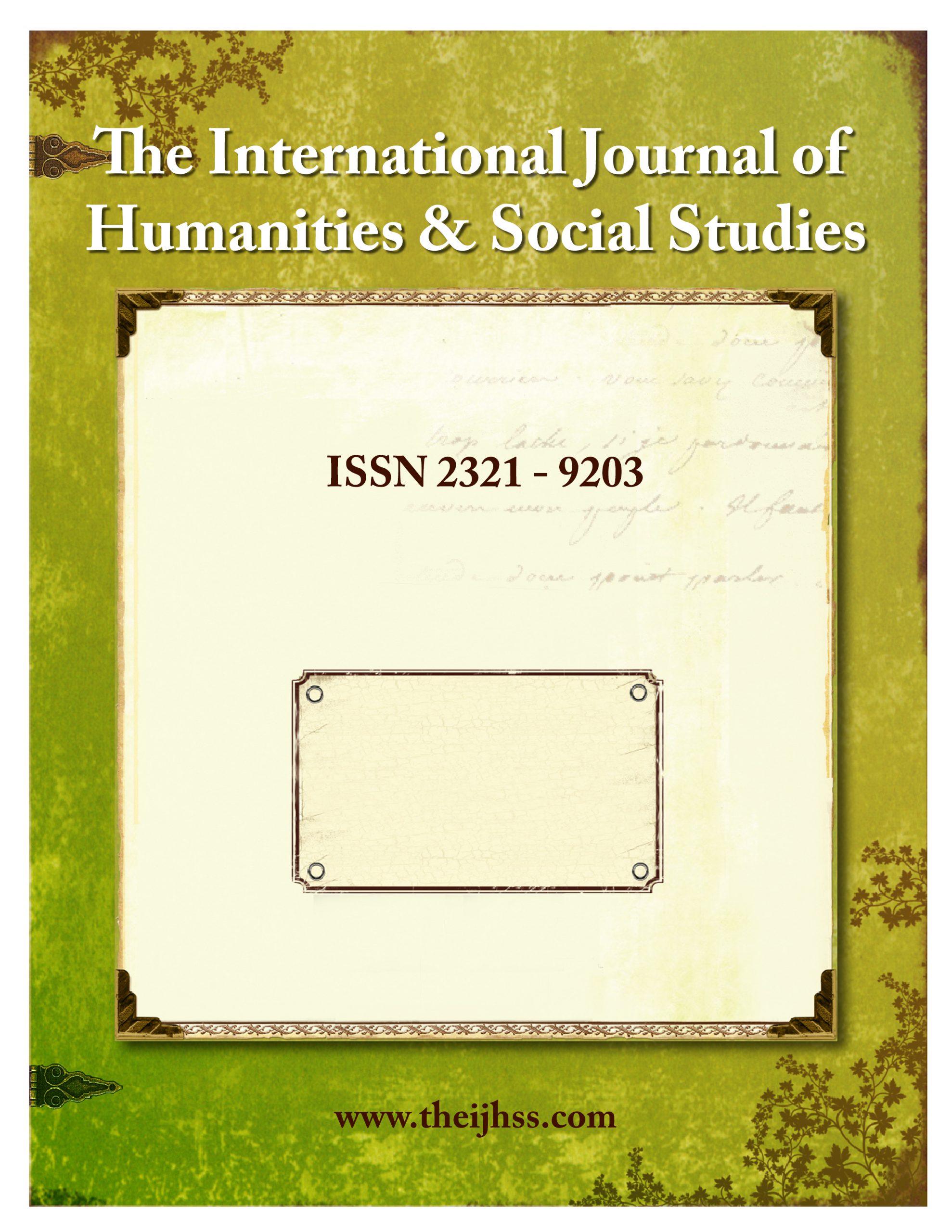Science and research is a life and career of long-term commitment, integrity and determination. Appreciation and incentive are often low, and funds are short which can demotivate people from choosing to this path. However, if your work utters a splendid research question, worthy of international journal publications, you can be confident about your future success. It might take long, but surely you will get appreciation and recognition for your findings and effort. There can be hurdles in the path of research but once you end what you have started, the world will look at your product with awe.
Here are some inspiring research stories of struggle and triumph which you can find motivation in-
- Rebecca Tarvin on ‘Poison Frogs’– Any new invention begins with disbelief from the scientific world. Similar thing happened when Rebecca informed the research question about poison frogs not poisoning themselves. However, Rebecca Tarvin, a postdoctoral fellow in Integrative Biology at the University of Texas, did not give up; she teamed up with researchers, including professors David Cannatella and Harold Zakon, and what they found along the way may have implications for the study of human pain and addiction.
- Alfred Noble’s Dynamite Creation– Alfred Nobel invented and manufactured dynamite, the blasting cap, gelignite, and ballistite. When Alfred was born his family was penniless. He was sickly as an infant and survived only because of his caring mother. He suffered ill-health for most of his life. Alfred was educated at a school for impoverished children where there were frequent playground fights. Most pupils were beaten by their teachers every day for any small mistakes. From there he rose, loving the world of science and academia. Support systems were lacking; no great infrastructure for research works, but he excelled in his work. In his last will and testament, he bequeathed over ninety percent of the enormous fortune he made from explosives to fund the Nobel Prizes.
- Mary Maynard Daly– Some scientific stories become legends, which we read and re-read for understanding science as well as for inspiration. Daly was the first African American woman to earn a Ph. D. in chemistry from Columbia university in 1947. Fighting all odds in her pathway, she made huge contribution to composition and metabolism of components in the cell nucleus. She had to deal with gender inequalities, racial minority issues, plus infrastructural lacks while coping with her research ideas. Later, she had improved opportunities for minorities in colleges and universities of graduate studies in America.
- Mary Anning, the Fossil Finder– Mary Anning became the greatest fossil finder of her era, powerfully influencing the new science of paleontology. She overcame a lack of formal education to emerge as one of the world’s foremost authorities on fossils. Mary’s parents had ten children, but the tough conditions they lived in meant only two survived to be adults. At 15 months old, Mary with other children and their carer took shelter under a tree in a rainstorm. A lightning strike killed all except Mary. Her parents rented a cheap house so close to the shore that the sea flooded it when there were very high tides. Mary did not attend school, but learned to read and write at Sunday school. Once again, she exemplifies, true passion for academics, which made her successful, beyond the obstacles.
- Peggy Whitson’s Record Walk– Peggy Whitson is NASA astronaut who is the most experienced female astronaut of the team. She became the first female commander of the ISS in 2007. During her 16th expedition, she broke the female record for spacewalks. Life of science can be adventurous too. For her, it was having to live up to the expectations of her predecessors who have had spacewalks. She could be otherwise criticized harshly for failing or not doing enough as compared to her experience level. However, she marveled her job and created history in the field of Astro-science.
- Ayanna Howard– As an American robot scientist, she has been named one of the top most innovators of the world for her international journal contributions to the impact of global warming on Antarctic ice shelfs. She began as an intern at NASA’s Jet Propulsion Laboratory, and ended up working there for several years before moving to her current position as a robotics professor at Georgia Institute of Technology.
- Albert Einstein, the Struggling Physicist– This might sound like old-school inspiration, however, when we talk about research struggles, Einstein’s life has to come in the discussion. After graduating from the Swiss Polytechnic Institute, he was struggling for employment, when his father died. He did odd jobs like selling insurance etc. He transformed the ways physicists look at light, gravity and space today, with his findings, but they all came at a high cost. He had to divorce his wife and lose his children; scientists of his time thought he was mad; he became physically and mentally ill, years into the research. The enormous amount of stress had really taken a toll onto his health. He felt extremely exhausted, and very unhappy. To make matters worse, World War Two breaks out, and his years and years of research is put on a halt. Since Einstein was a German-Jew, Einstein’s safety was also at risk. But today, the greatest of scientists refer his theories while attending journal call for paper; his methods and equations are taught in schools.
- Rosalind Franklin– Researchers spend a great deal of time thinking about novel experiments and untapped research questions. There is, perhaps, nothing more disappointing than finding that your idea has already been tested and published with previous journal call for paper. Now imagine if you discovered the shape of DNA, but didn’t receive any of the credit. Rosalind Franklin was an English chemist and X-ray crystallographer who played a critical role in the discovery of DNA’s double helix structure. Even though James Watson and Francis Crick is credited most heavily for solving DNA’s molecular structure, Franklin was the first to obtain high-resolution photos of DNA’s ladder-like structure. However, before she could pursue her research further, Franklin’s colleague, Maurice Wilkens, revealed her unpublished findings to Watson and Crick and the three men were later awarded the Nobel Prize in Medicine and Physiology for the discovery of the DNA structure. Just four years later, Franklin passed away from ovarian cancer at the age of 37, possibly due to her work with X-rays.
- Pawan Kumar and His Theories on Black Holes, Event Horizons and Relativity – The theories about the Universe are astonishing and fascinating at the same time. The heart of the galaxy is believed to have strong gravitational force which pulls everything within. The concept of supermassive black holes had thus emerged. Much has been in discussion on the same topic for long, hence to make a strong research statement, the findings had to be really evidential, and game-changing. Pawan Kumar, an Indian astrophysicist teamed up with his student, Wenbin Lu and worked in Harvard to find out which hard environment in the galaxy had this enormous strength and eventually proved Einstein’s theory further.
- Andrew Hall on HH Timing– Andrew Hall is a system designing engineering graduate who has designed a new timing and strategy software tool that tracks and analyzes race performance and conditions. HH Timing uses machine learning to analyze factors like lap times, weather, car balance, tire wear, and competitor’s positions, and feeds this information to the race team in real time. This broad and immediate analysis allows the team to make informed decisions to improve performance. It is never impossible to publish your thesis in international journal, with your passion for games and adventure, and Andrew Hall proves it.
- Jane Goodall– Jane Goodall is the world’s foremost expert on chimpanzee and is one of the first scientists on the job. Her autobiography, My Life with Chimpanzees, has her own accounts of life in Africa’s jungles. Goodall pioneered the field of primatology and greatly affected the way ethological studies are conducted. However, these accomplishments certainly did not come without its challenges. For instance, getting funding is almost always a pain and Goodall was not exempt from this struggle. When she was 18, Goodall stopped schooling and worked three jobs –as a secretary, assistant film editor, and as a waitress – just to pay for her first trip to Africa. At the age of 23, Goodall finally made it to Mombasa, Africa. Once there, she contacted the anthropologist, Louis Leakey. Since she did not have a bachelor’s degree, Goodall worked as Leakey’s secretary and spent years observing chimpanzees in the field before pursuing her PhD. So, if you did not major in your current field or feel that you don’t know as much as your colleagues, don’t worry. It will come with time and effort.
- TuYouyou– Sheis known for her Nobel-winning discovery of artemisinin which has been used to save millions of lives in Africa and Asia. The pressure to produce interesting or novel results is always daunting and Tu was no exception. In 1969, TuYouyou, then a young scientist, received the mission to develop an anti-malaria drug as part of a secret military mission called Project 523. In the midst of China’s cultural revolution, Tu was sent to Hainan, a tropical island in southern China, where malaria was rampant. Under pressure to develop a cure, Tu sacrificed her entire social life to live in in the rainforests of Hainan where she also witnessed the death of many children suffering from late stage malaria. Living in forests can be extremely daunting, with lack of basic facilities like flush toilets, fan or running water. There is fear of insects, wildlife etc. too. Additionally, south China forests can be very hot and humid, so we can imagine what the scientist may have gone through for data.
- Jacob Berzelius– When Jacob was four, his father died. His mother remarried, but died when Jacob was nine. He was looked after by his step-father until, at age 12, he moved to live with his alcoholic aunt. He stayed outdoors, avoiding her as much as possible. At age 13, Jacob was admitted to a Cathedral School where he tutored wealthy students to pay for his education and board. He worked on farms during vacations, sleeping in storage rooms. He picked up lice, which the farmer’s wife killed by washing his hair in potassium hydroxide. Jacob Berzelius was one of the founders of modern chemistry. He discovered three chemical elements, and he was the first person to measure accurate atomic weights for the elements.
- Mary Kenneth Keller– She became one of the pioneers of computer science, by earning one of the two very first doctorate degree in US, in the field in 1965. Before that, she broke the rule of recruitment of men only in the Dartmouth College, when she was allowed to work there as a computer scientist. There she helped develop the computer language, BASIC.
- Srinivasa Ramanujan– Not unknown to the world of mathematics, this brilliant Indian researcher worked skillfully on his numbers, even with the lack of required facilities. Srinivasa was born into a very poor family. As a teenager, he began discovering important mathematical results. He worked with chalk on slate, only transferring the most important results to paper, because he could barely afford any paper. All too often in these early years his stomach was empty. He memorized a huge number of mathematical formulas and constants. He died at age 32, probably of liver parasite infection. Srinivasa Ramanujan produced almost 4,000 proofs, identities, conjectures, and equations in pure mathematics. His theta function lies at the heart of string theory in physics.
Life of researchers is filled with struggles. Social and cultural constraints, low income, disbelief from colleagues, are just some of the hurdles to mentions. There may be many other perceived and abstract stressors that dominate research workers. However, years of experiments, sleepless nights, and hard fieldwork eventually pays off when your work gets accepted and published; the world knows about it, and you know you have been able to make a change to the world. Reading stories of people who are similar to know, but have succeeded are great for motivation when your energy falls.

